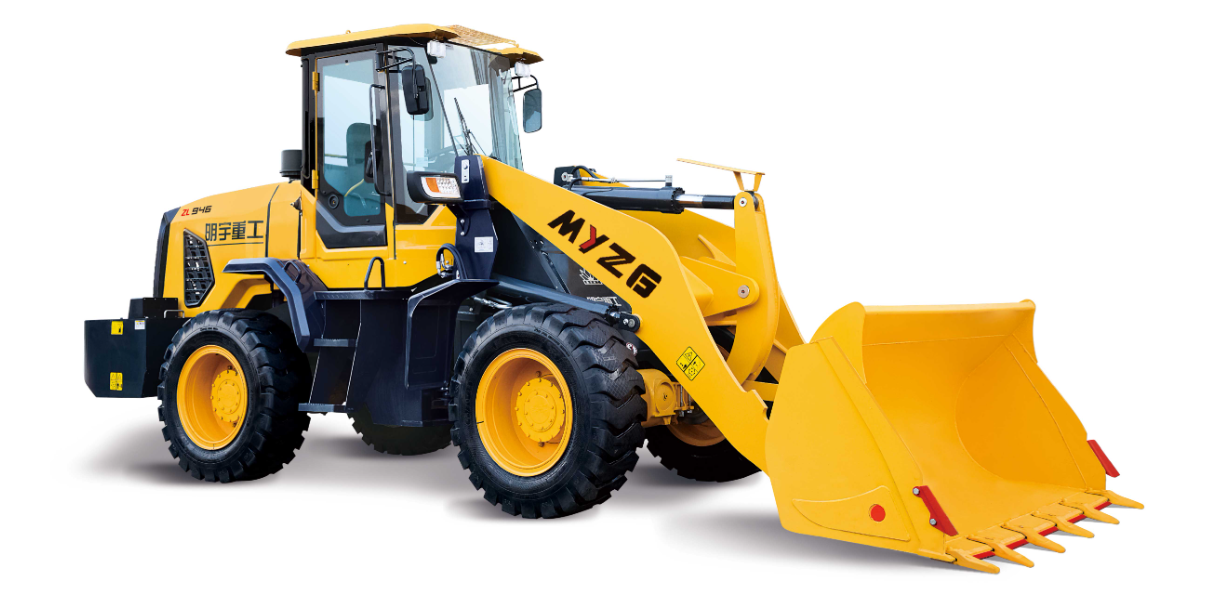A Breakdown of Wheel loader's Systems
A wheel loader is a complex machine that relies on the interplay of several key systems to efficiently perform its tasks. Let's delve into these systems:
1. Power System
The heart of a wheel loader is its diesel engine. This powerful engine provides the necessary mechanical energy to drive the machine's various components. Diesel engines are favored for their reliability, robust power delivery, and fuel efficiency, making them ideal for the demanding conditions faced by wheel loaders.

2. Mechanical System
The mechanical system comprises the following components:
- Walking Device: This system enables the loader to move around the worksite.
- Steering Mechanism: This system allows the operator to control the direction of the loader.
- Working Device: This system, consisting of a bucket and boom, is responsible for digging, loading, and transporting materials.
3. Hydraulic System
The hydraulic system is crucial for operating the loader's working device. It works as follows:
- Energy Conversion: The diesel engine powers a hydraulic pump, which converts mechanical energy into hydraulic energy.
- Fluid Transmission: The pressurized hydraulic fluid is then transmitted through hoses and pipes to various hydraulic actuators.
- Mechanical Work: Hydraulic actuators, such as hydraulic cylinders and motors, convert the hydraulic energy back into mechanical energy, enabling the movement of the boom, bucket, and other components.
4. Control System
The control system is responsible for coordinating the actions of the different systems. It includes:
- Hydraulic Control Drive Mechanism: This system, often electronically controlled, regulates the flow of hydraulic fluid to the actuators, allowing for precise control of the loader's movements.
- Operator Controls: These controls, such as levers and pedals, enable the operator to input commands into the control system.
By working together, these systems enable wheel loaders to perform tasks like digging, loading, and transporting materials efficiently.
Post time:Mar.26.2021
